Essential Tips for a Family-Friendly Tanzania Safari
- January 31, 2025
- 9 Min Read
Waking up to distant lion roars and hyena laughs might sound like a dream, but in Tanzania, it’s just another early morning. As the first light rises and the landscape begins to turn gold, families can embark on a thrilling safari, setting off into the bush to spot waking animals starting their days and nocturnal ones heading back to bed.
Tanzania immerses you in wildlife at every turn. Whether you choose to visit the endless plains of the Serengeti or the awe-inspiring depths of the Ngorongoro Crater, every moment is an opportunity to make memories that last a lifetime.
If you’re thinking of visiting Tanzania on safari, there are a variety of locations that showcase the best of its national parks and reserves. And while you will certainly need a trusted CB! Travel Advisor to help you plan such a remote adventure, here’s just a glimpse of what makes Tanzania a worthy family getaway.
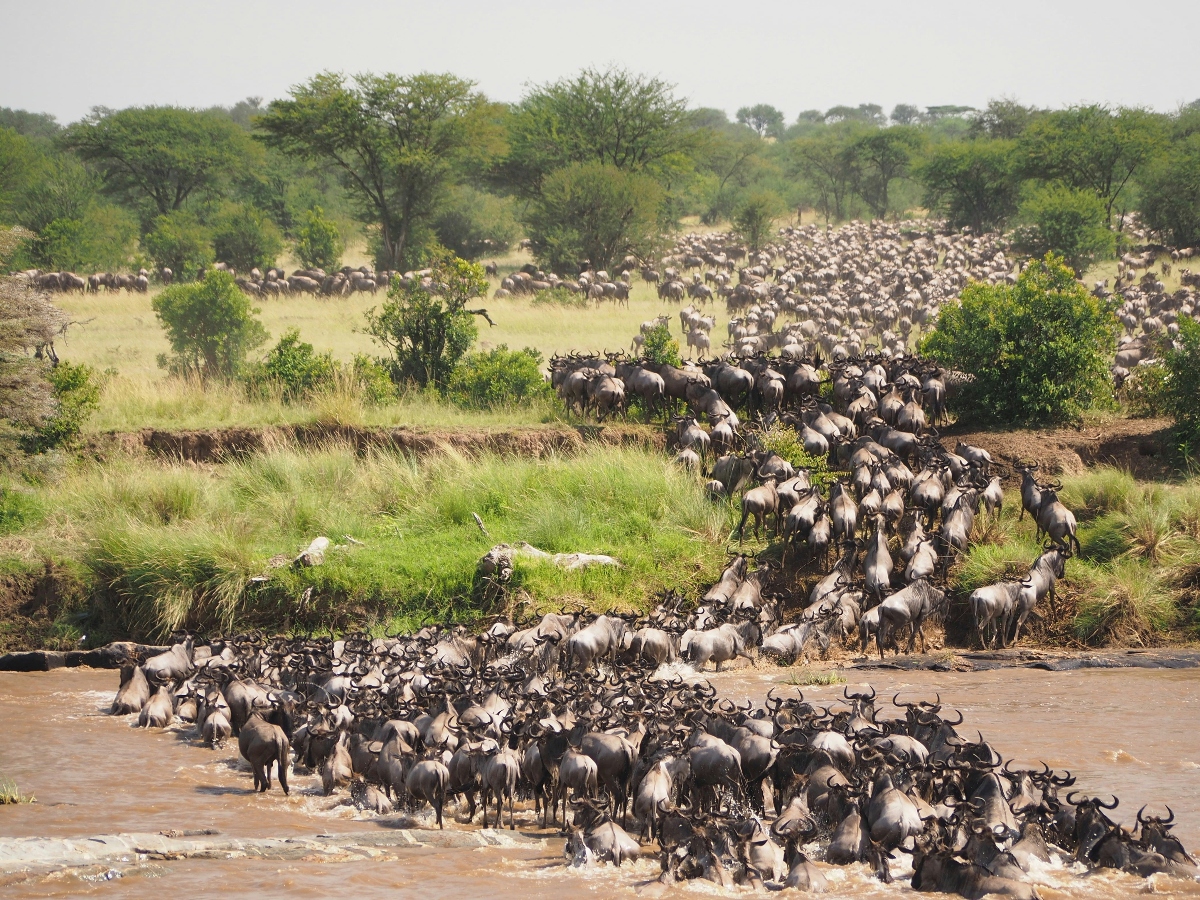
Family-Friendly Tanzania Safari: Where to Go and What to See
Serengeti National Park
Renowned for its spectacular annual Great Migration, when more than 2 million wildebeests, zebras and gazelles make their way across the plains in search of water, Serengeti National Park is a legendary safari destination. It’s home to the “Big Five” — lions, rhinos, leopards, elephants and Cape buffalo. It spans more than 5,700 square miles, so bumping into another safari tour is highly unlikely, while your chances of seeing predators like leopards and cheetahs is high.
For families, the experience is made even more special with accommodations tailored for all ages. Places like Four Seasons Safari Lodge Serengeti are perfect for those with kids as they offer comfortable family rooms, fun kids’ clubs when you aren’t on safari, and educational programs that bring the wonders of wildlife up close. You don’t need to camp to be in the middle of nature — the property features five villas with 24-hour personal service and in-villa dining, as well as terrace suites with sweeping views of the savanna and the water hole where animals regularly come to drink, providing you views from the comfort of your chair rather than during a game drive.
TIP: Our Travel Advisor team can book this and other Tanzania properties for you with special amenities and perks, as well as exclusive savings for certain periods. Reach out to us for more details.
Accommodations in the Serengeti accommodate the desire to see animals with morning and evening drives as well as half- and full-day options. Some properties even arrange picnics and barbecues in the bush with bonfires under the protection of watchful Maasai warriors, the indigenous semi-nomadic people who live in northern Tanzania and southern Kenya.
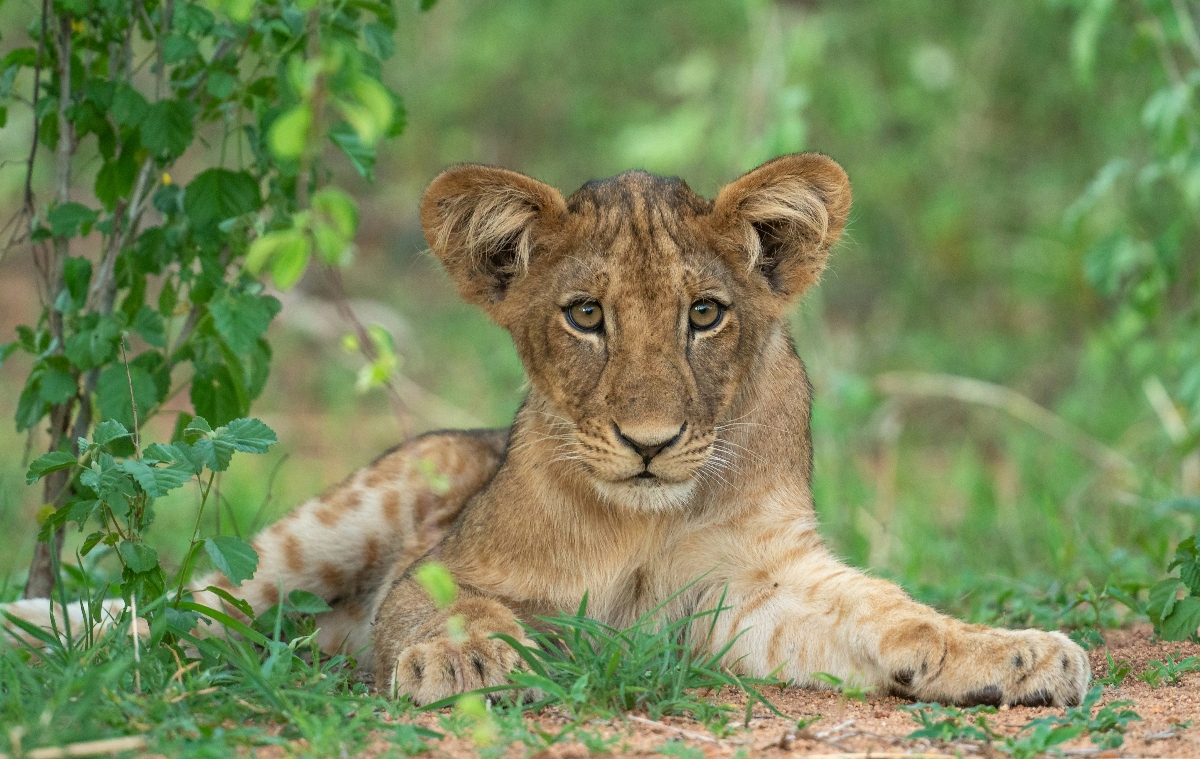
Ruaha National Park
Although the Serengeti is vast, the largest national park in Tanzania, Ruaha, is filled with tons of untouched wilderness in its 7,800 square miles. The park’s rugged terrain and remoteness — it’s located in central Tanzania — provides a less polished safari experience, but that just means families get more wildlife to themselves. While there are large herds of elephants and prides of lions, there are also more than 400 species of birds that live here among the iconic baobab trees, some of which are centuries old.
When staying here, try Laba Laba Jongomero Camp, where there are only five tented suites raised off the ground on wooden platforms, including one that can accommodate up to eight people. Overlooking the seasonal Jongomero River, the camp is in a wild part of the park that presents some challenges and safety concerns for younger children, but older teens and college-aged kids will enjoy the walking safaris and fly fishing.
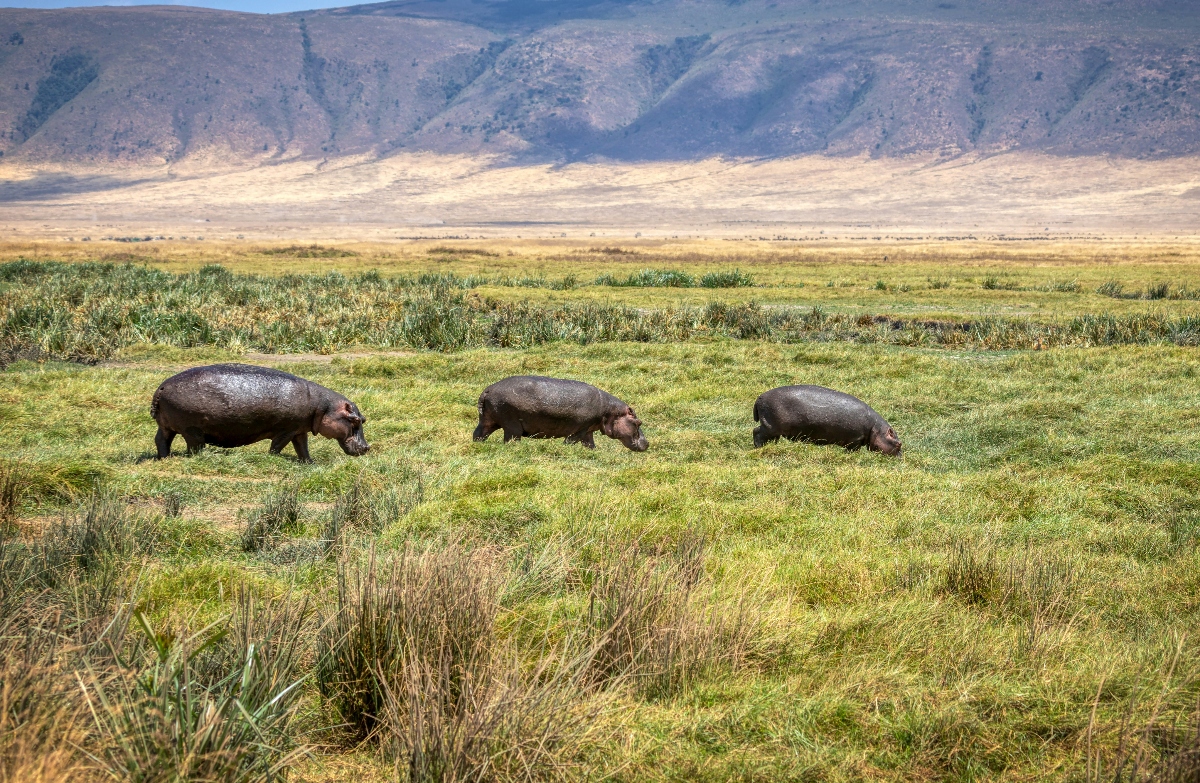
Ngorongoro Conservation Area
Tucked away in the heart of Tanzania is the Ngorongoro Conservation Area, home to the Ngorongoro Crater. The massive volcanic caldera is dormant and overgrown, serving as a popular gathering place for animals, including the elusive black rhino. Covering about 100 square miles, the caldera offers some of the densest wildlife viewing in Africa.
It’s also a popular destination for family safaris with places like The Highlands Ngorongoro, perched above the slopes of the Olmoti volcano. Children age 5 and up are welcome at this lodge, which features dome-shaped suites kept cozy by wood-burning stoves. The remote location helps families enjoy lesser-known hiking trails to the Olmoto crater and its stunning waterfall. (Another favorite — and considered one of the world’s best properties — is Ngorongoro Crater Lodge by &Beyond right on the edge of the crater, but it is closed for refurbishment in 2025.)
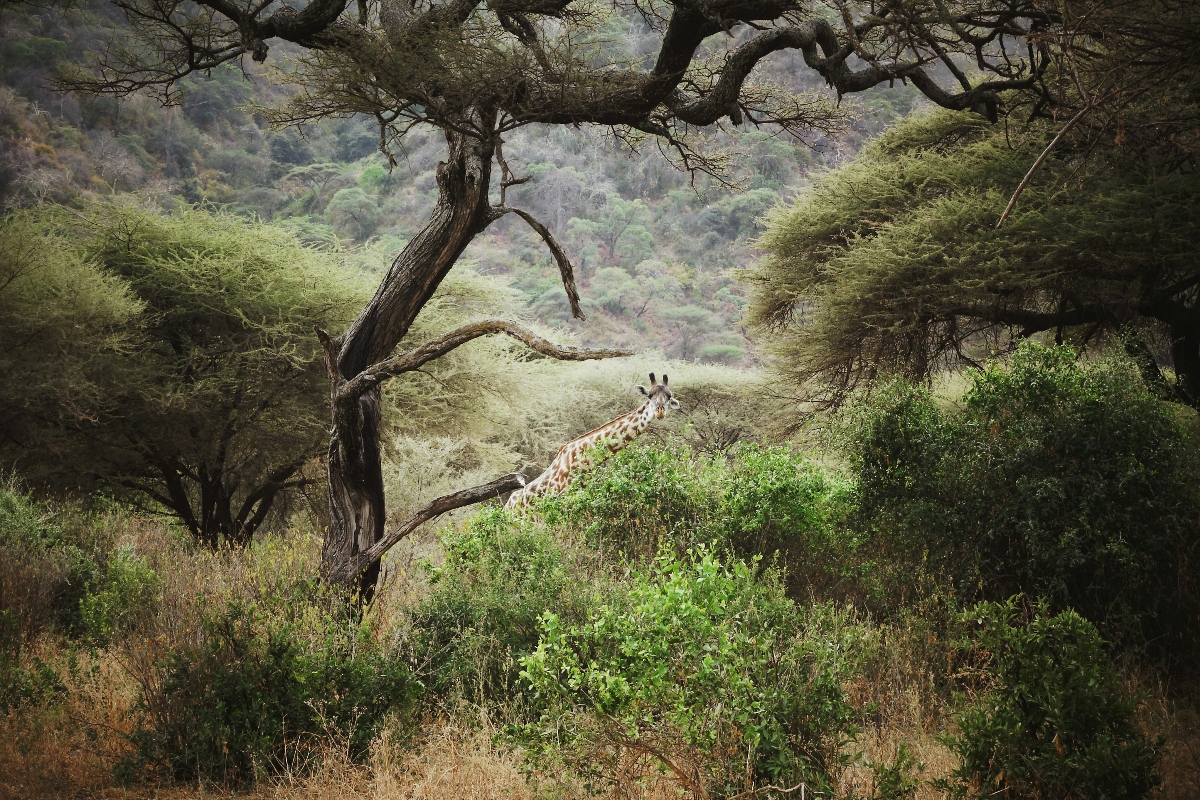
Lake Manyara National Park
In northern Tanzania is the small but mighty Lake Manyara National Park. Covering 127 square miles, the park is centered around the lake. Famous for attracting large numbers of flamingos, as well as more than 400 other bird species, it’s magical during bird migration. It’s also home to a population of tree-climbing lions, which is not typically something you see on safari in Africa. Within the forests are also baboons and blue monkeys, making the park an exciting game drive spot.
&Beyond’s Lake Manyara Tree Lodge features 10 elegantly designed treehouse suites with breathtaking views of the Rift Valley’s mountains. (The Great Rift Valley stretches from the Middle East to Mozambique!) The lodge is family-friendly and the staff are skilled at engaging young guests with educational activities, cultural visits to nearby villages and guided nature walks.
On the outer slopes of Ngorongoro Conservation Area and near the national park, Gibb’s Farm makes for a great base to visit both parks. The farm features cottages and farmhouses with ample space for families.
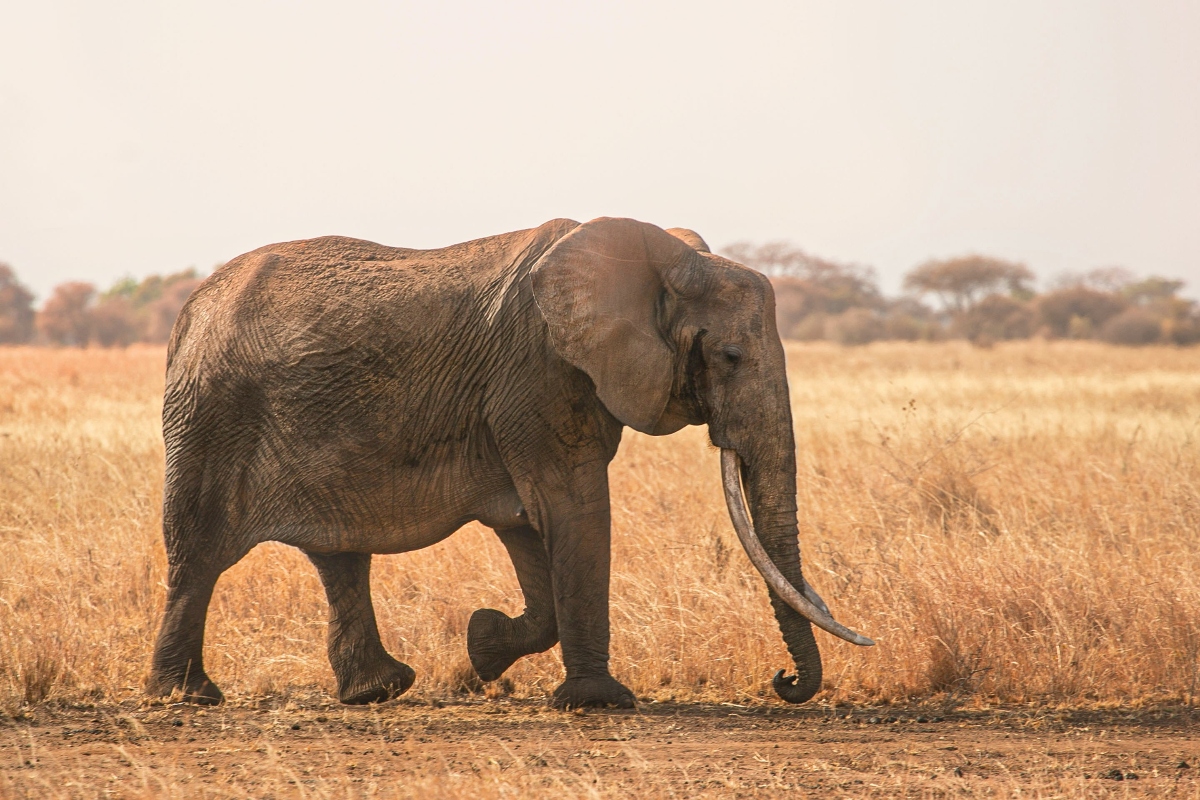
Tarangire National Park
Covering nearly 1,100 square miles, Tarangire National Park takes its name from the Tarangire River running through it. The river serves as a lifeline to Tanzania’s animals during the dry months, and families exploring here are in for a treat as it is popular with elephants. In fact, it’s not uncommon to encounter herds of up to 300 near the riverbanks. But that’s just the start: The park also teems with zebras, wildebeests, giraffes, water buffaloes, lions, leopards and cheetahs, especially from June to October.
Here, where the baobab trees are scattered about, Sanctuary Swala Camp is located in a secluded area of the park to offer an intimate safari experience in one of 12 canvas pavilions. Each is designed with an ensuite bathroom, an open-air shower and a large private deck overlooking the waterhole. The camp also offers a “Wildlife Warrior” program designed specifically for children, teaching them about the local environment and wildlife conservation.
Ready for the trip of a lifetime? We’ll make it happen.
Send us a quick inquiry, and we’ll pair you with an expert Travel Advisor who can design a custom itinerary, arrange private guides and experiences, and book vetted accommodations, often with valuable perks to pass along. Click to get started!
Rubondo Island National Park
Tanzania is home to one half of Africa’s Lake Victoria. In the southwest corner of the lake is the island of Rubondo, which features a national park filled with wildlife. In fact, this is one of the few places in Tanzania where families can spot chimpanzees in their natural habitat, and when visiting the Serengeti or other safari parks, adding a couple of days in this park provides a more diverse experience.
The only place to stay on the island is Rubondo Island Camp, operated by Asilia Africa. The exclusive lodge features eight waterfront cottages, and kids will love the boating safaris where they can spot hippos and crocs and try their hand at catch-and-release fishing.
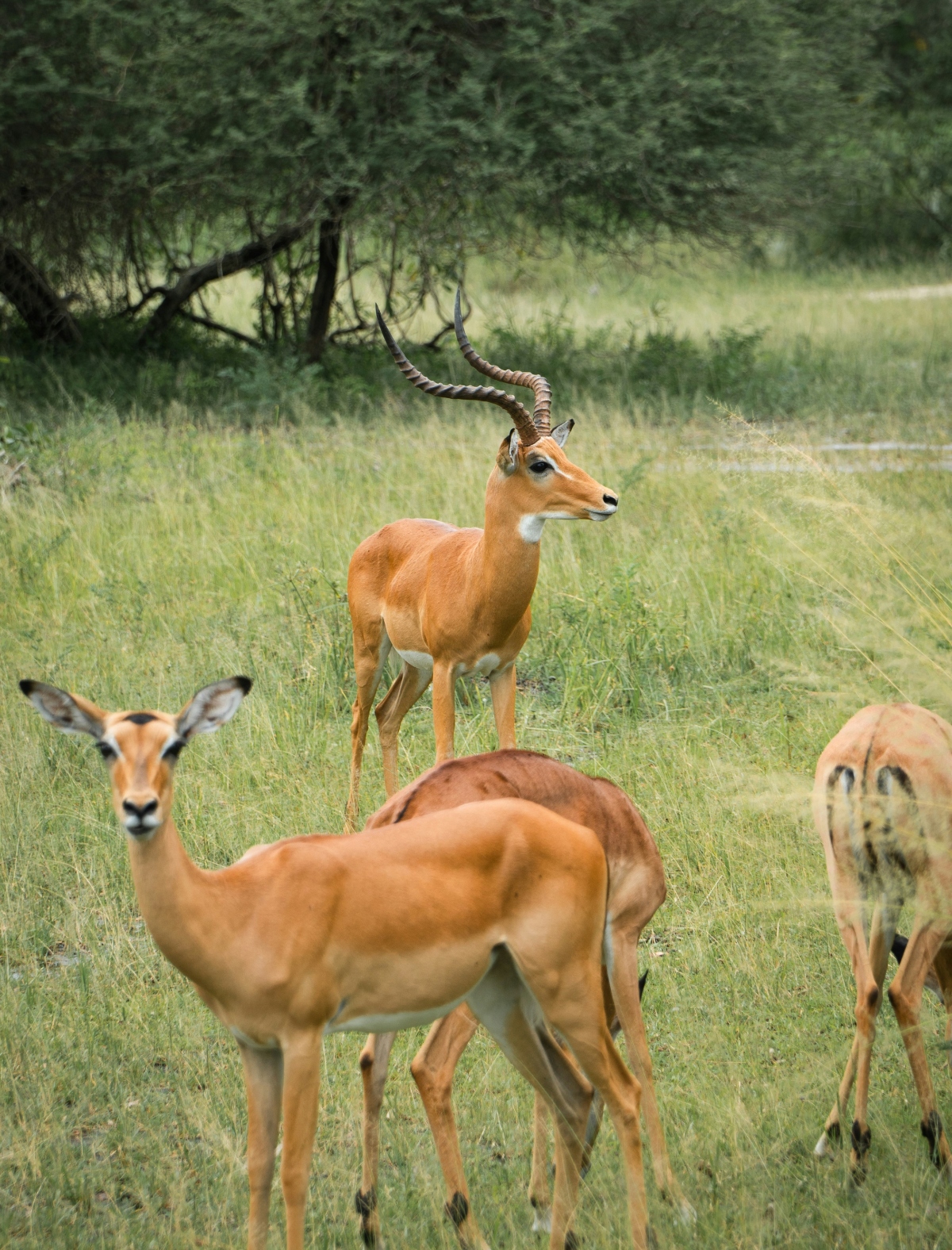
Selous Game Reserve
In southern Tanzania, northwest of Ruaha National Park, lies Selous Game Reserve, a sprawling haven stretching across 21,000 square miles. As one of the largest animal reserves in the world, it is a mix of savannas, forests and swamps, and less trafficked than some of the nation’s northern parks. It’s also home to critically endangered wild dogs, also referred to as African painted dogs. These hunters can live in packs of up to 40, but there are only about 6,000 left in the wild.
Rufiji River Camp provides comfortable lodging and tailored activities, including educational tours about the local ecosystems and conservation efforts, although it isn’t quite as luxurious as the lodges and camps in other parts of Tanzania.
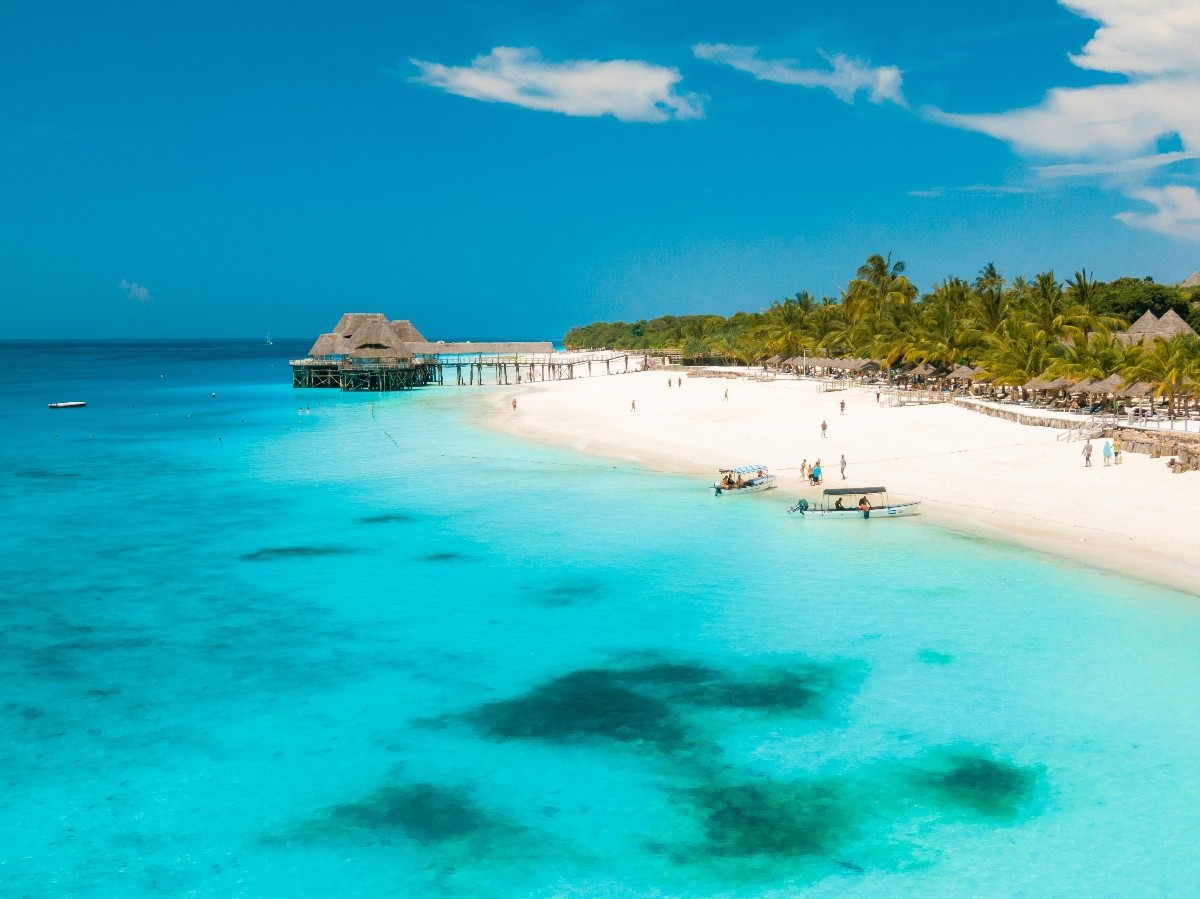
Zanzibar
While you won’t be riding in safari Jeeps when visiting Zanzibar, a trip to Tanzania wouldn’t be complete without popping over to this archipelago off the coast in the Indian Ocean. The main island, Unguja (simply referred to as Zanzibar Island) is a blend of white sandy beaches, crystal-clear waters and lush spice plantations.
The historic Stone Town, a UNESCO World Heritage site, features winding alleys, ancient buildings and bustling markets. For accommodations, the island has a variety of luxury resorts to charming beachfront cottages. The 12-cottage Mnemba Island Lodge, also operated by &Beyond, occupies its own private island. The resort features kayaking, paddleboarding, snorkeling and a chance to spot dolphins and sea turtles.
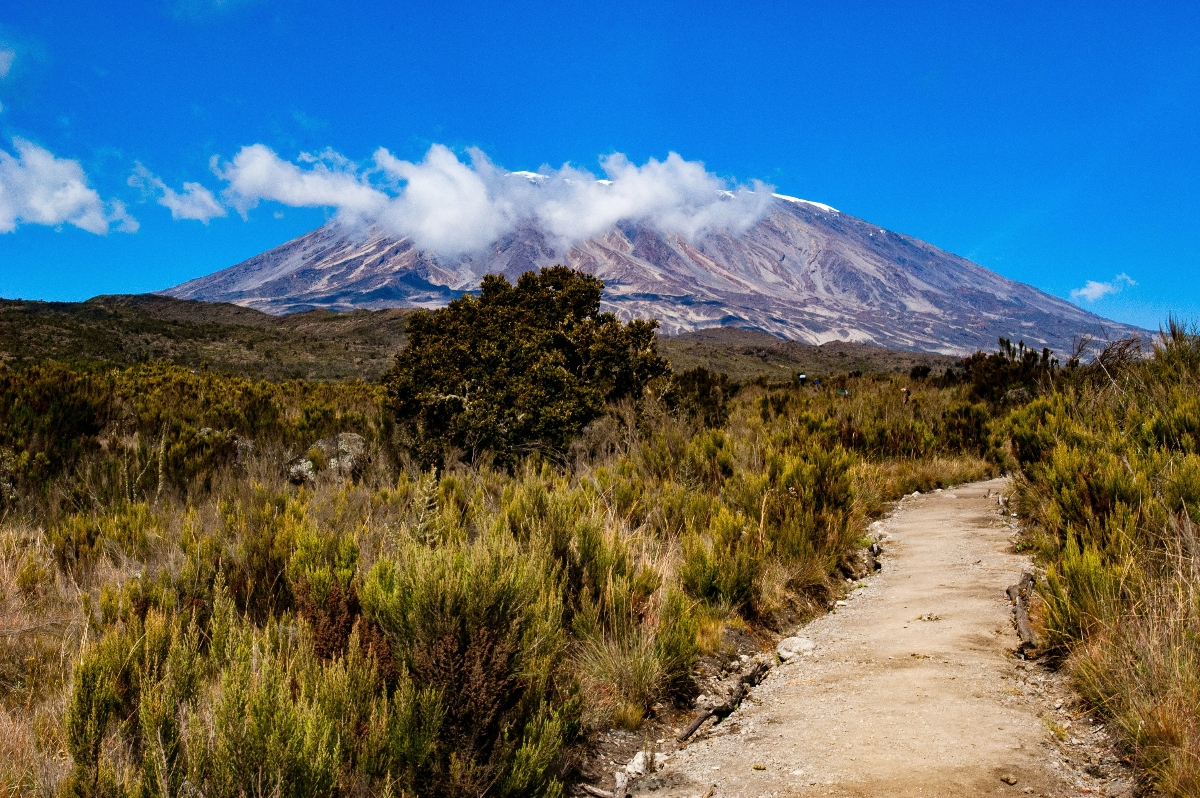
Mount Kilimanjaro National Park
As the tallest mountain on the continent at 19,341 feet above sea level, Mount Kilimanjaro is often called the “Roof of Africa.” For families traveling with older, active kids, climbing parts of Kilimanjaro is a once-in-a-lifetime experience. While it doesn’t require technical mountaineering skills, the high altitude can make it very demanding.
Families can join hiking groups with experienced guides, porters and even cooks, depending on the length of the journey. But for those who just want a taste of the mountain without climbing to the summit, its lower slopes make for great day hikes.
Instead of camping on the mountain, you can also enjoy stylish lodges like Kaliwa Lodge, located on the edge of Mount Kilimanjaro National Park. Offering family bungalows, the boutique property is surrounded by tropical gardens and features a direct view of the mountain’s often-snow-capped peak.
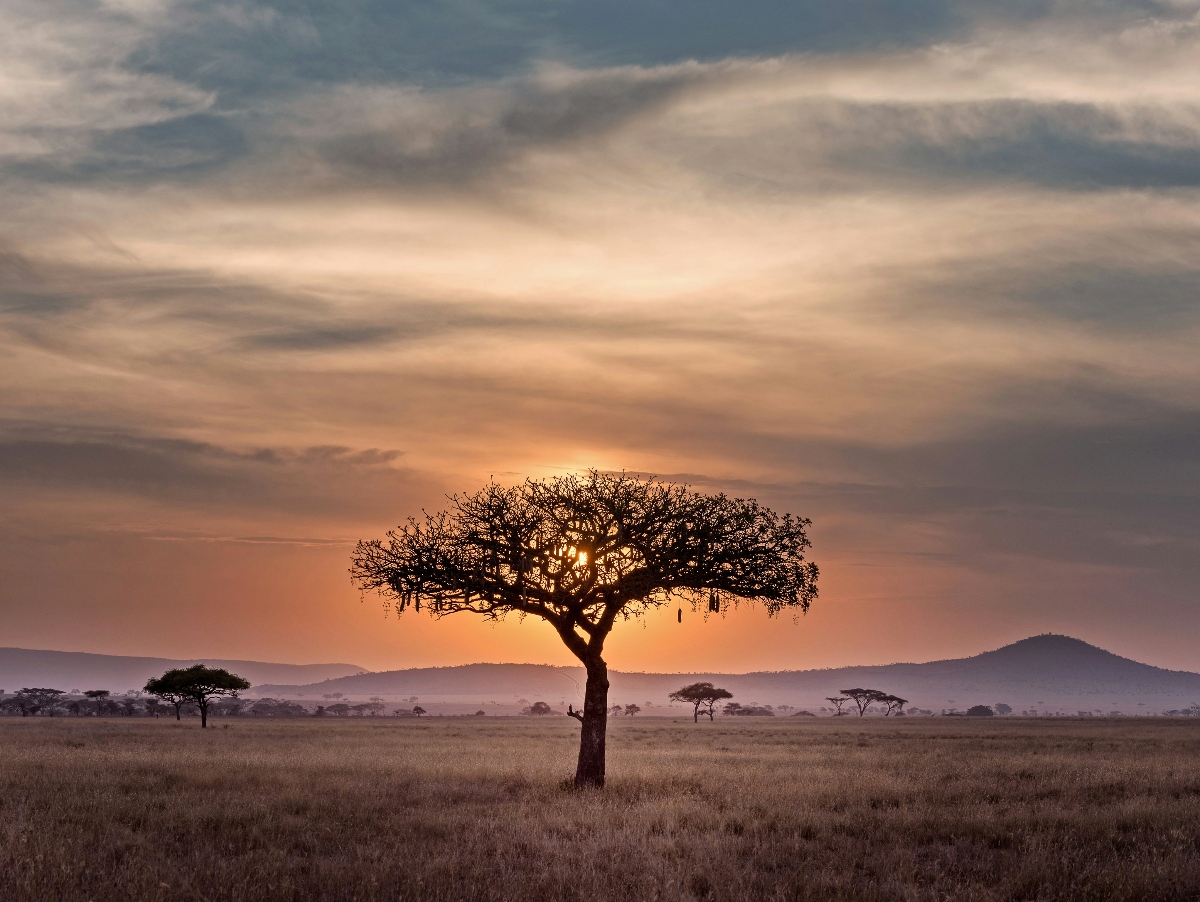
Travel Tips for a Family-Friendly Tanzania Safari
Getting There
Reaching Tanzania typically involves flying into one of its main international airports: Julius Nyerere International Airport in Dar es Salaam, Kilimanjaro International Airport near Arusha or Abeid Amani Karume International Airport in Zanzibar.
Kilimanjaro is ideally located for those visiting the northern safari circuits (Serengeti, Ngorongoro, Tarangire and Lake Manyara), while Dar es Salaam serves as a gateway to the southern circuits (Selous and Ruaha).
From these major airports, smaller chartered flights or road transfers can take you directly to various parks and reserves. Booking your flights well in advance and consulting with a CB Advisor familiar with the region can help streamline your travel, especially when coordinating bush flights to remote areas.
Weather
Tanzania experiences two main seasons: the dry season from late June to October, and the wet season from November to May. You’ll spot more wildlife in the dry season as animals gather around water sources. However, the wet season brings lush scenery and fewer tourists.
Relevant Links:
Browse all ideas for nature and wildlife trips on Ciao Bambino
Essential tips for taking an African safari with kids
Everything you need to know for a Botswana family safari
Choosing the right luxury safari for your family
3 Belmond properties for a kid-friendly luxury vacation in Africa
Editor’s note: This post was accurate when published. We advise checking independently for the latest information and updates. Ciao Bambino does not accept responsibility or liability for any errors or omissions in, or for any actions taken based on, the information presented.

Written By
By Lissa Poirot






 travel recommendations, inspiring adventures, and exclusive travel offers
travel recommendations, inspiring adventures, and exclusive travel offers